What is an ergonomic chair?
Ergonomics is the scientific study of people in the workplace, with the aim of improving efficiency and productivity. An ergonomic office chair is usually defined by having the following features: Seat depth, adjustable arm height and width and lumbar support.
“The number of employees suffering from back, neck and shoulder complaints caused by sitting and postural-related issues has continued to rise”
Mark Barrell and Levent Caglar, Boss Design
Not all chairs are ergonomic, and when it comes to chairs, one size does not fit all. When shopping for an ergonomic chair keep the following points in mind.
Supports good posture
An ergonomically designed chair will be a good fit for your body by supporting a range of comfortable postures. The three common seated postures are; optimum posture where the thighs forward sloping 5-10 degrees, centre posture with the thighs horizontal and reclined posture which is great for phone calls.
When your posture is well-supported, you can experience improved circulation, reduced discomfort, better breathing and ease of movement. It provides spinal support and a natural position for your joints. If the chair has a mechanism built in such as a tilt mechanism, this also means your spine remains supported whilst you move throughout the day. The lumbar support on good ergonomic chairs needs to be adjustable and placed in the correct position.
Easy to adjust
An ergonomic chair will be easy to adjust while seated. The adjustments should be easy to reach from sitting, clearly marked and simple to understand and learn how to use. Adjusting the depth of your chair will determine how much support your thighs receive. To check the depth of your seat, sit as far back as possible in your chair. The space you need between the chair and the back of your knees is roughly three fingers wide.
An ergonomic chair will have a gas lift so that you can adjust the height you are sitting at. The right height means that your forearms are in-line with your desk; if your feet do not remain flat on the floor in this position then you will need a footrest.
Armrests support the shoulders and prevent strain throughout the arm. They should be adjusted so that there is a comfortable 90° angle through the forearm when the shoulders are relaxed.
"It is broadly acknowledged that giving people more sophisticated chairs with a greater number of manual adjustments is improving the ergonomic quality of the workplace"
Mark Barrell and Levent Caglar, Boss Design
Feels comfortable
The backrest should have good pressure distribution with support all the way down your back to your pelvis, following the natural contours of your body. The seat should also feel comfortable, with no pressure points, after long periods of sitting. You'll also be more comfortable over a long work day if you change positions occasionally. Movement helps increase blood flow and alertness, and prevents deep vein thrombosis. This can actually be done by getting up and takign regular breaks, but having a chair that rocks, or changing your back angle every so often can also help.
Here's a checklist for setting up your workstation:
- Sit back in your chair:
When you sit down, make sure your backside is as far back on the chair as possible.
- Sit at the right height
Relax your shoulders and bend your arms at the elbow so that your forearms are in-line with the desk.
- Check the depth of the seat
When you’re sitting as far back as possible there should be a 2-3 finger gap between the back of knee and the seat of the chair. Use the seat slide to alter if necessary.
- Check whether you need a footrest
When you are sitting at the right height, if your feet are not solidly flat on the floor then you will need a footrest.
- Check the monitor height
Your eyebrows should be in line with the top of your screen.
- Check the distance of the monitor
When sitting correctly in the chair, hold your arms out in front of you. Your arms should be able to touch your screen.
- Keep you keyboard & mouse close
Don’t stretch for your keyboard or mouse. Elbows should stay in-line with your sides.




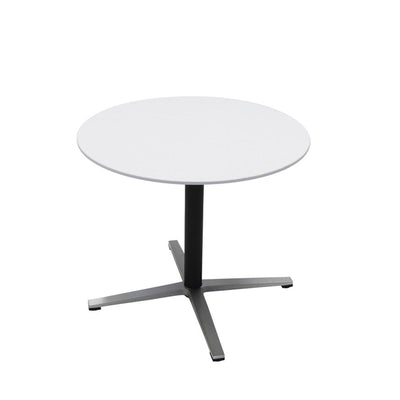
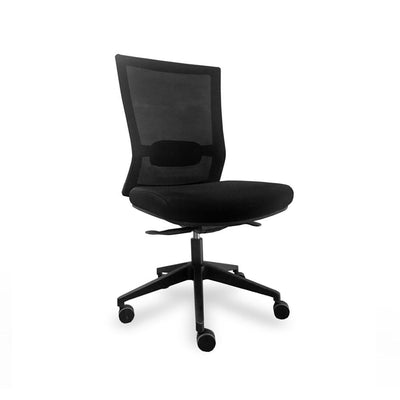
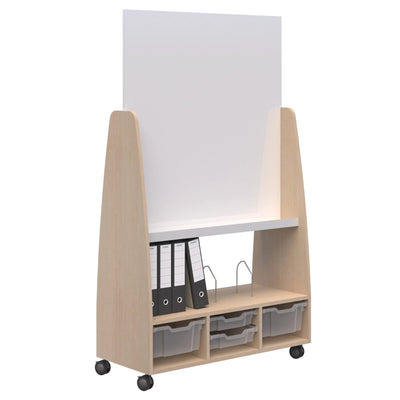
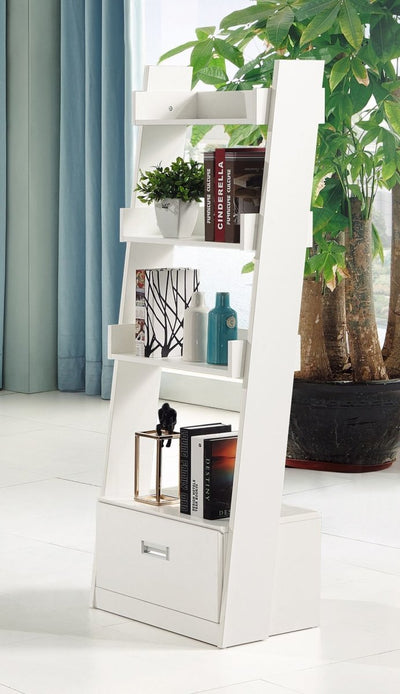
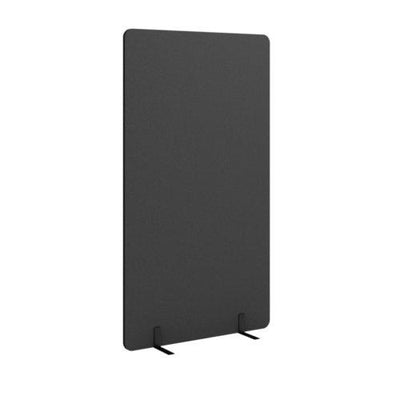
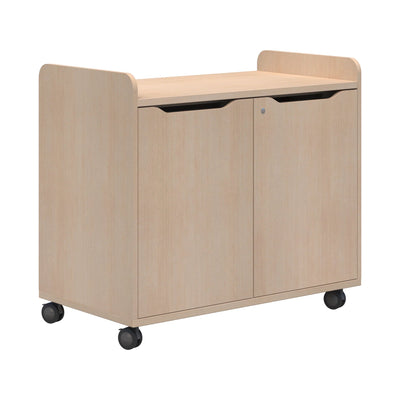













Leave a comment